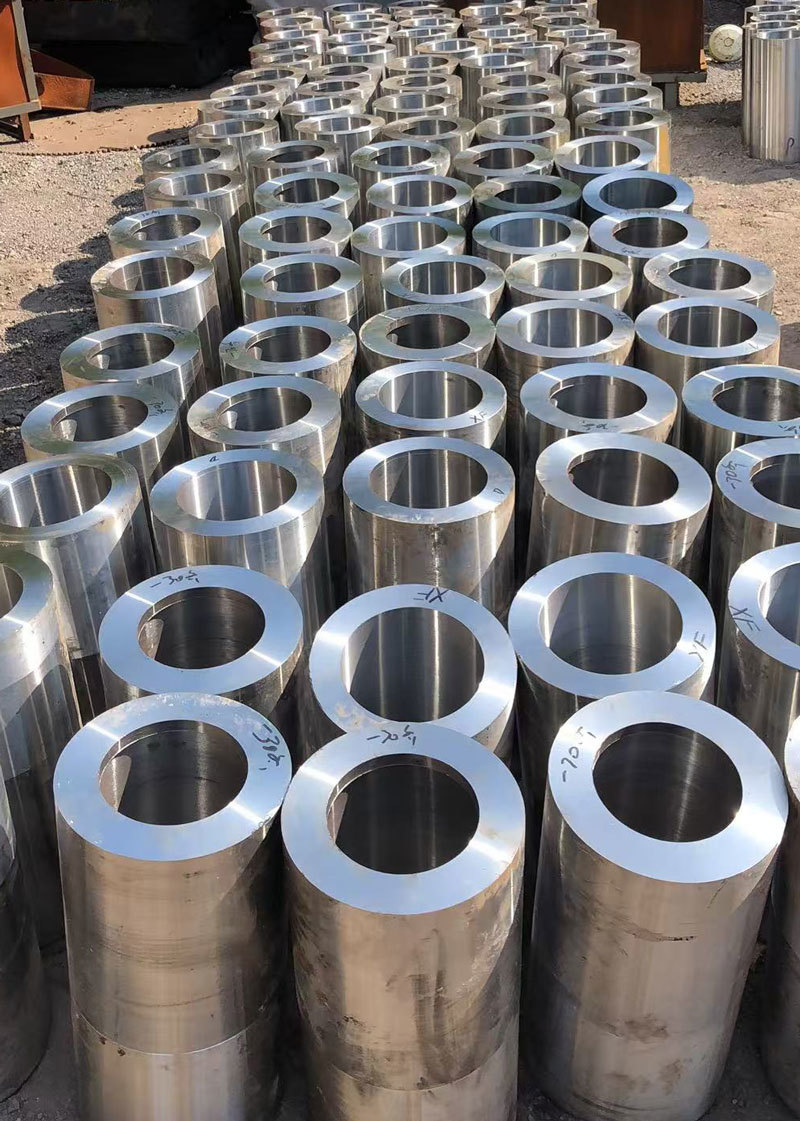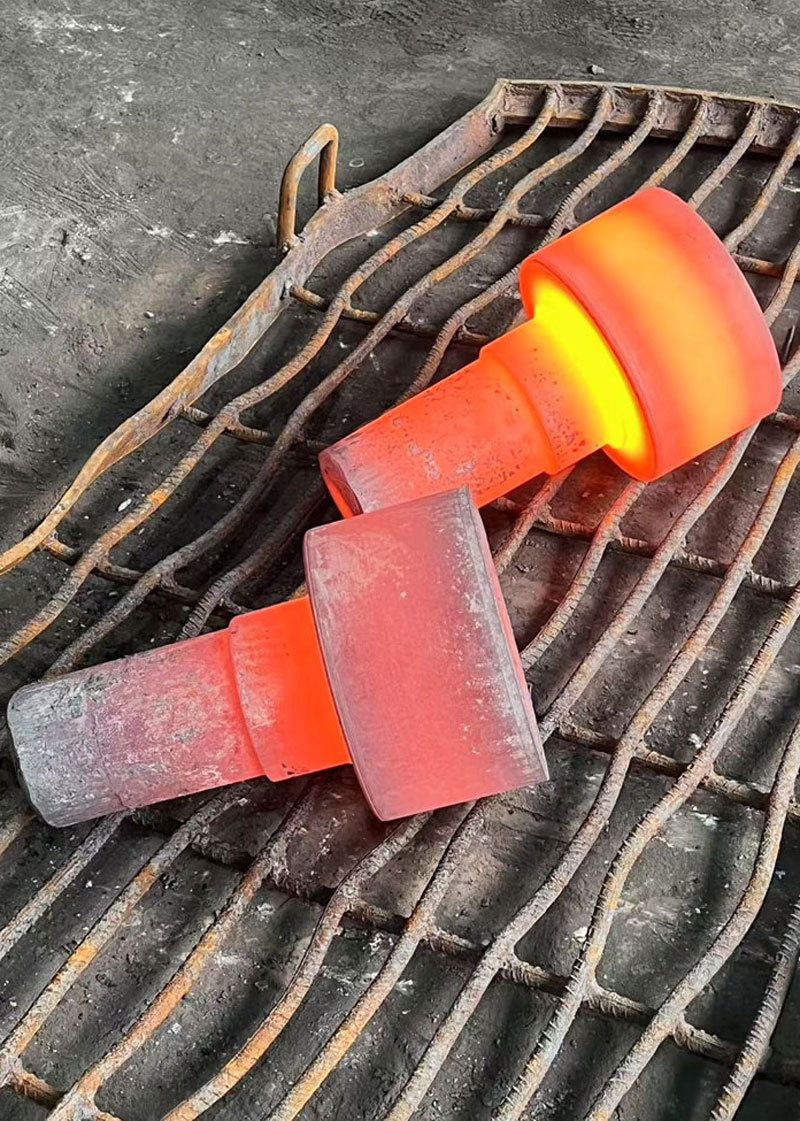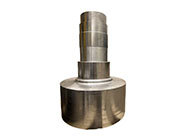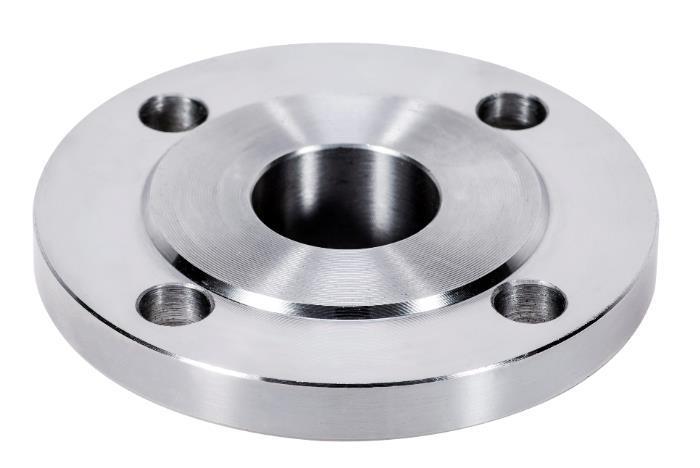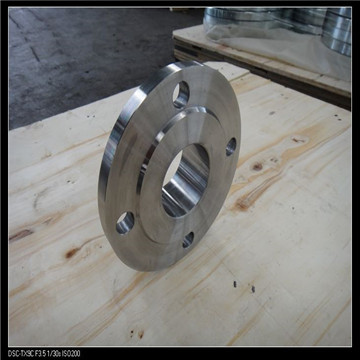The purpose of heating in forging production and heating methods
Release time:
2020-07-07
The heating of the blank (raw material for forging) before forging is an indispensable and important part of the entire forging process, which has a direct impact on improving forging productivity, ensuringForgingquality, as well as saving energy consumption and reducing product costs.
1. Purpose and Requirements of Heating
(1) Purpose of Heating
To improve the plasticity of metals, reduce the resistance to deformation, making it easier to shape, and obtain good post-forging structure and mechanical
properties.
(2) Requirements of Heating
① Heat to the predetermined temperature at the fastest speed under the allowable thermal conductivity and internal stress conditions of the metal material, to improve efficiency and save energy.
② Minimize the absorption of harmful gases by the heated metal, such as oxygen, hydrogen, nitrogen, etc., reduce defects such as oxidation, decarburization, or hydrogen embrittlement, and improve heating quality.
③ During the low-temperature heating stage, prevent excessive temperature differences between the outer layer and the core of the metal cross-section due to improper heating, which can cause excessive thermal stress, compounded by other internal stresses, leading to material rupture.
④ Accurately implement the specified heating specifications, such as heating temperature, speed, time, and insulation conditions, to prevent defects such as overheating and overburning.
③在低温加热阶段,要防止因加热不当而使金属截面的外层与心部产生过大的温
差,以致造成过大的热应力,再叠加其它内应力,引起材料破裂。
④准确实施给定的加热规范,如加热温度、速度、时间和保温等加热条件,以防产生
过热、过烧等缺陷。
Latest developments
Forgings are a critical component in the steel industries, particularly for those involved in building and decorative materials. This manufacturing process involves shaping metal using compressive forces, resulting in products that possess superior strength and durability compared to their cast counterparts. In the context of construction and decorative materials, steel forgings offer a range of a
Innovations in the Forging of Stainless Steel for Superior Performance
Innovations in the Forging of Stainless Steel for Superior Performance Table of Contents 1. Introduction to Stainless Steel Forging Innovations 2. Importance of Stainless Steel in Various Industries 3. Overview of the Forging Process 4. Technological Advancements in Stainless Steel Forging 4.1. Machine Automation and Robotics 4.2.
Understanding Non-Standard Flanges: Importance and Applications in Construction
Non-standard flanges are critical components in piping systems, particularly within the construction and decorative materials sectors. Unlike standard flanges, which adhere to established dimensions and specifications, non-standard flanges are tailored to meet unique requirements that can vary based on specific project needs, environmental factors, or design specifications. This adaptability makes
Exploring the Versatility of Japanese Standard Flanges in Various Applications
Exploring the Versatility of Japanese Standard Flanges in Various Applications Table of Contents 1. Introduction to Japanese Standard Flanges 2. What Are Flanges? 2.1 Types of Flanges 3. Understanding Japanese Standard Flanges 3.1 Design and Specifications 4. Applications of Japanese Standard Flanges
--- Flanges are critical components in piping systems, serving as a connection point between pipes, valves, pumps, and other equipment. The term "American standard flange" refers to a specific category of flanges designed according to established standards in the United States, predominantly including ANSI (American National Standards Institute) and ASME (American Society of Mechanical Engineers)
Exploring Different Types of Threaded Flanges for Various Applications
Exploring Different Types of Threaded Flanges for Various Applications Table of Contents 1. Introduction to Threaded Flanges 2. Importance of Threaded Flanges in Construction 3. Types of Threaded Flanges and Their Applications 3.1 Standard Threaded Flanges 3.2 Slip-On Threaded Flanges 3.3 Blind Threaded Flanges 3.4 Socket Weld Threaded Flanges



